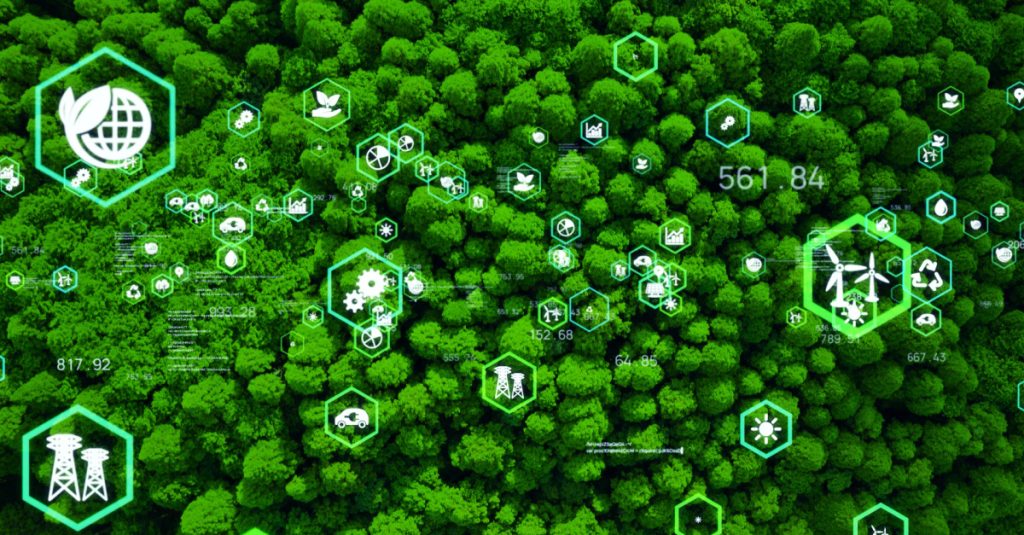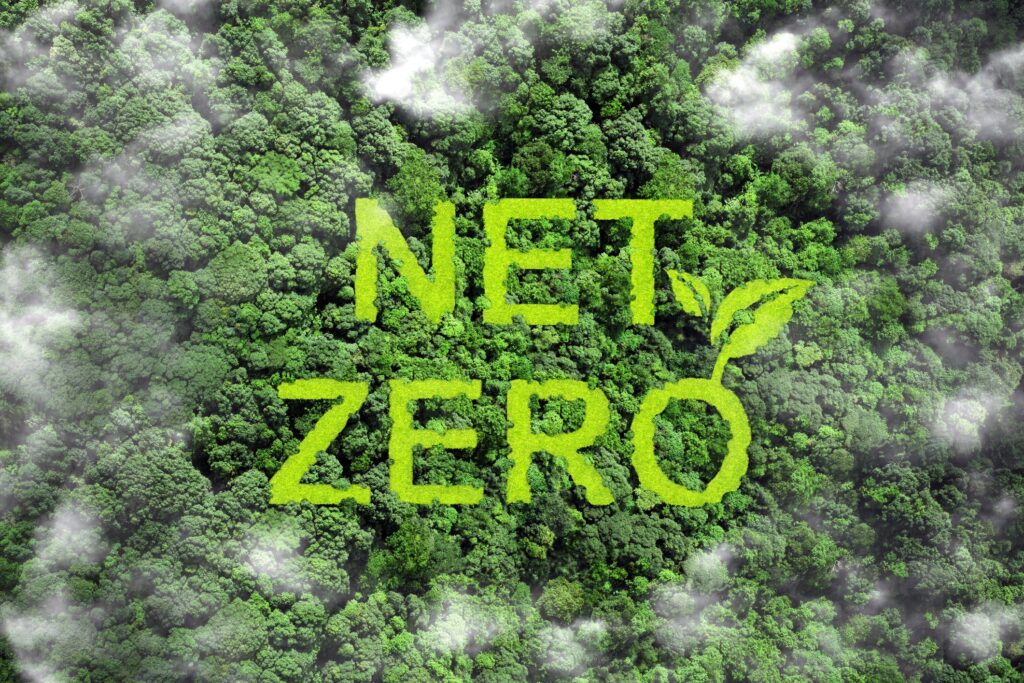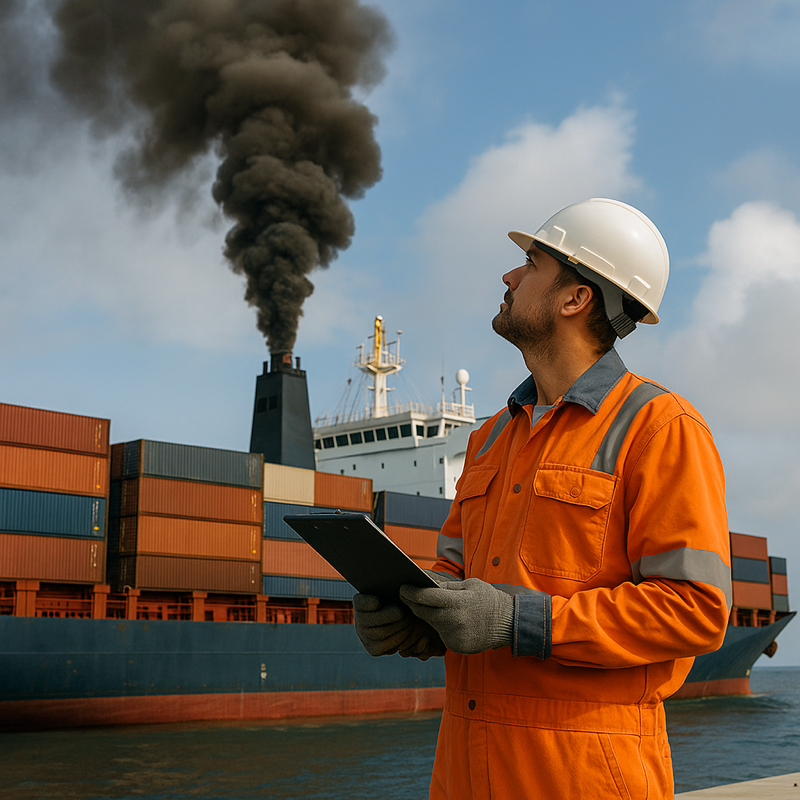Supply chain decarbonization isn’t getting any easier. The frequent global supply chain disruptions due to extreme weather, geopolitical strife, labor actions, and more are costing shippers more than just money and time. With every rerouting to avoid potential issues, ocean vessels, trucks, and trains expel more greenhouse gas emissions into the atmosphere.
While getting goods to where they’re going is the ultimate goal of any supply chain, decarbonization is now a growing concern. In its 2023 survey on climate goals, researchers at MIT tracked only a 6-percent increase in commitment to climate change mitigation among respondents. What’s more encouraging is that 66 percent of the 2,300 companies that participated in the State of Supply Chain Sustainability 2023 reported that they will achieve their net-zero goals by 2040.
This movement toward a greener supply chain is now more than just a customer demand: governments around the world are starting to require more sustainable shipping practices. Whether it’s the European Union bringing ocean shipping under the umbrella of its climate cap-and-trade EU ETS regulations or the California Air Resources Board (CARB) demanding cleaner trucking fleets, shippers need to understand these new regulations and be ready to adapt to a greener supply chain world.
Regulatory Pressures Force Industry to Take Action
In January, the European Commission officially welcomed ocean vessels that dock at or transit through European ports into the Emissions Trading Scheme. The regulation requires ocean carriers to purchase carbon credits to cover GHG emissions – just carbon emissions to start; in 2026, methane and nitrous oxide are added to the banned emissions list. This year, carriers only need to pay for 40 percent of their total emissions, but by 2026, carriers need to account for all of it. This doesn’t mean every carrier has to be net-zero, but they will need to buy enough credits on an online marketplace to cover their emissions or face steep fines.
It’s not just ocean shipping. In California, the CARB set out rules to require zero-emission trucking fleets for all truckers operating in the state with the goal of switching everyone over to electric vehicles by, at the latest, 2045. Implementation of the rule has been pushed back for the simple fact that the infrastructure isn’t there yet.
While regulators want to impose green rules on the supply chain as soon as possible, it’s important to balance those regulations with reality. The industry is moving toward a sustainable future, but infrastructure needs to be put into place, and technology needs to be advanced for that to occur. Still, shippers need to be aware of all these changing regulations wherever they operate in the world; these new rules have vast implications for a shipper’s operations, and non-compliance is not an option.
Alternative Fuels Take Strides Toward the Mainstream
Ocean carriers will meet lofty emissions targets only by embracing alternative fuels, but choosing the right fuel is an issue. The rush toward LNG-powered ships has died out because while LNG releases less carbon dioxide than traditional fuel, it releases methane, which is worse for the environment in the long run.
Each of the current best options for alternative fuels has advantages and drawbacks. Maersk recently unveiled the first ship powered by green methanol, and carriers have 125 similar vessels on order. The International Energy Agency points to ammonia-based fuels as the fuel that needs to take hold in the shipping industry and thinks the focus on very costly methanol fuels is a passing fad. But ammonia fuels still have a long way to go in development. Hydrogen-based fuel has larger storage needs but could serve as a viable alternative for “short-sea shipping,” according to the European Maritime Safety Agency.
Shippers certainly have a right to be confused. There is no clear path toward a standard alternative fuel, and evaluating and integrating alternative fuels into supply chains will certainly take some time.
Emissions Accountability Takes Center Stage
No matter the alternative fuel or the evolving regulatory landscape, supply chain sustainability begins with accurate monitoring and reporting of greenhouse gas emissions. A reliable readout of emissions will help shippers establish a plan to minimize their carbon footprint while also ensuring they don’t run afoul of regulations or even end up paying more than they owe.
A robust technology platform backed by experts that help shippers develop supply chain reduction strategies is crucial. Greenabl embraces this holistic approach, enabling shippers through real-time emissions data and supporting mitigation efforts with knowledgeable consultants. It’s all about pragmatic mitigation.
Contact Greenabl today to develop a holistic approach to supply chain decarbonization backed by tailored technology solutions.


